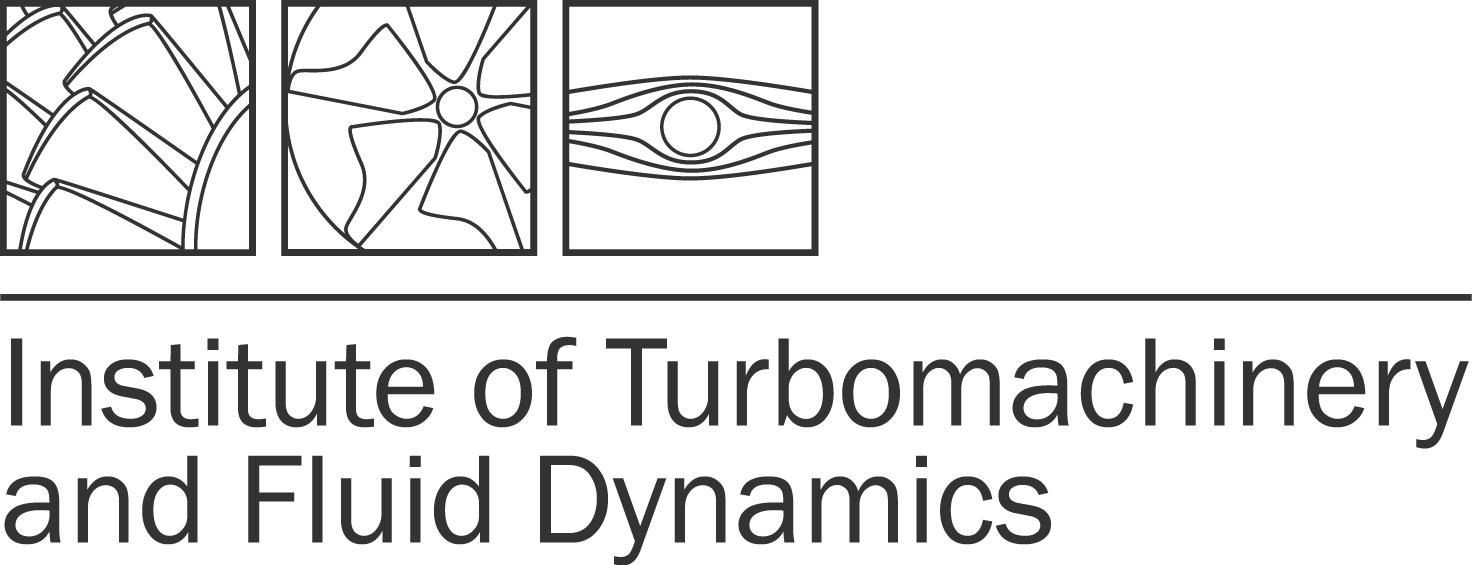Description
Areas of application
-
Inlet parameters: Investigation of the influence of inflow parameters on the operating behavior of exhaust gas diffusers
-
Support ribs: Analysis of the effects of support fins on the secondary flow in ring diffusers
-
Optimization: Development of more efficient design guidelines for exhaust gas diffusers
Technical setup and operation
-
Air flow: Ambient air is directed radially-axially into the ring diffuser via a pre-swirl generator, which is optionally equipped with support ribs
-
Trailing vanes: Rotating spoke wheel simulates realistic turbine outflows and generates wake dents
-
Variable parameters: Adjustable parameters such as mass flow, speed, pre-swirl and gap flow to simulate different turbine operating points
-
Calming chamber: Air flows through a conical diffuser into a calming chamber with honeycomb rectifier
Measurement technology
-
Pressure and temperature measurement: Steady and unsteady pressure sensors, temperature measurement technology type K
-
Traversing: Radial traversing with multi-hole flow vector probes and hot-wire probes
-
Flow analyses: 3D CTA and 2D LDA probes for velocity and turbulence measurements
-
PIV: Particle Image Velocimetry for visualizing complex flow fields
Specifications
| Mass flow rate | 7 kg/s |
| Mach number at the diffuser inlet | 0,1 |
| Reynolds number at the diffuser inlet | 4x105 |
| Wake generator | max. 3.000 1/min |
| Various diffuser geometries | |
| Variable angular momentum at the inlet | |
| Variable gap mass and angular momentum flow rate | |





